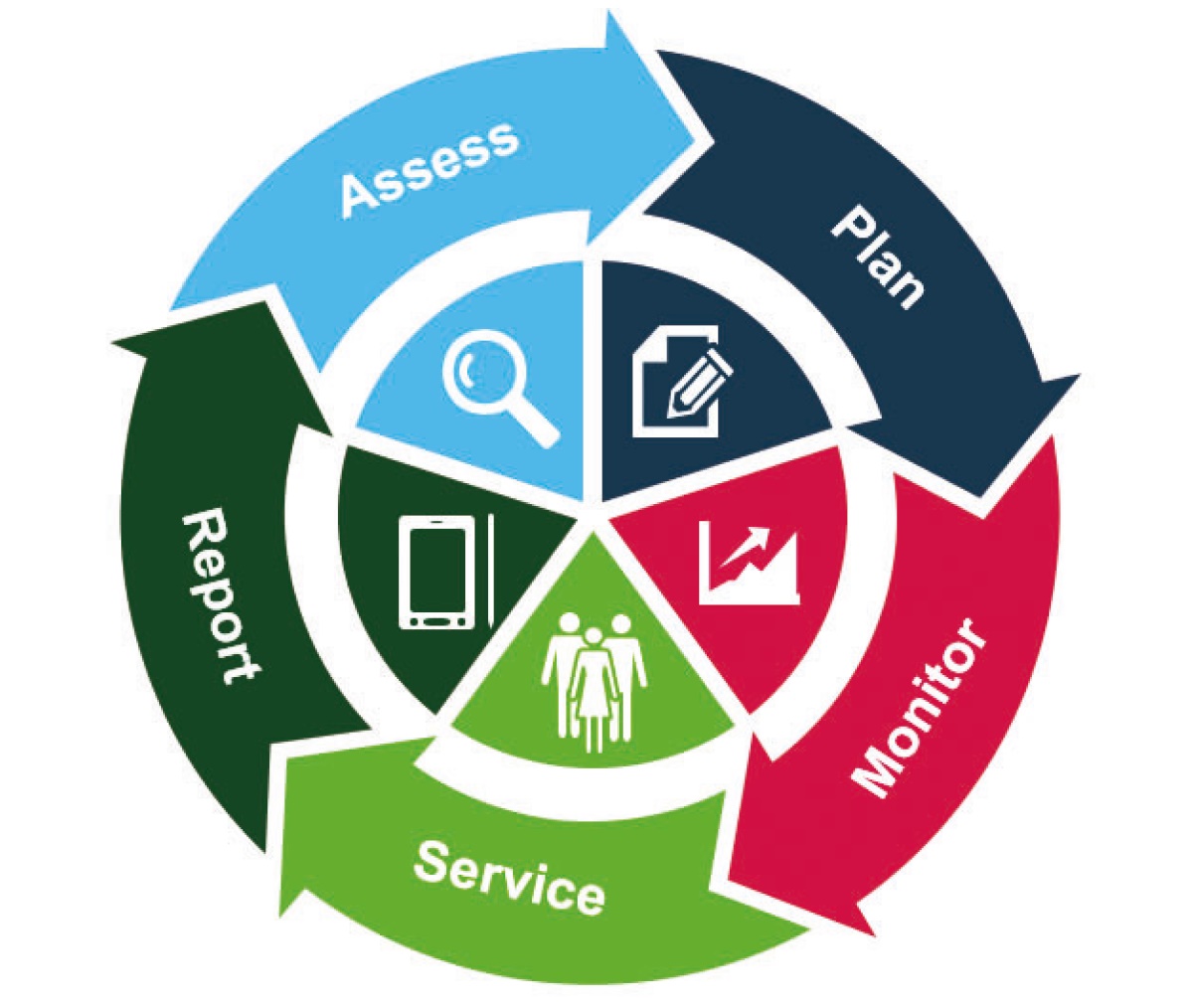Technical | PPC91 May 2018
With an extensive variety of insecticides available on the market there are many factors to take into consideration when selecting an appropriate product for a job. Bayer Technical Manager, Richard Moseley, gives his top tips for choosing the right product for the situation.

The first step to managing any infestation is to identify the pest species in question. A sound understanding of the target pest’s behaviour and lifecycle will assist in narrowing down the selection of products to one with an appropriate active ingredient (AI).
After a suitable AI has been established in many cases there will be a variety of different formulations to choose from and it can be difficult to weigh up exactly which one will fit the bill.
What’s the difference between insecticide products?
In general, the AI provides the lethal dose that’s necessary for control, but it’s the formulation in which the AI is ‘wrapped in’ that dictates the efficacy of a product. The product formulation will perform differently depending on the different treatment scenarios, such as the location of the treatment and the nature of the surface to be treated.
For example, some formulations will hold a molecule in suspension in the air to knock down insects in flight while others are developed to hold the active ingredient in a membrane or protective coating to slowly release the insecticide over a period of time.
However, there may be situations where a wettable powder is more appropriate. These are particularly useful when treating an area with a porous surface such as concrete or brick. The added water seeps away leaving just the powder element on the treated surface.
But if there is any uncertainty around whether a product is right for the situation, the first port of call should be the product label. The recommended target species will be listed, as will the areas of use, or warnings of situations where it mustn’t be applied.
Resistance management
Many labels will also carry a resistance management message, explaining steps users can take to minimise the issue. This is another aspect of pest control that should always be considered when choosing a product, especially when carrying out repeated treatments on one site.
But the real key to stopping resistance before it starts, is the periodic rotation of insecticides from different AI ‘families’.
For example, depending on the target species, during a treatment programme it may be possible to use a product from the pyrethroid family followed by a carbamate based insecticide, and finally a neonicotinoid to complete the rotation.
IPM
Rotation can also help to reduce the likelihood of bait aversion or shyness, but this should always be used as part of an integrated pest management (IPM) programme.
A good IPM strategy will recognise that pest control isn’t just about treating an area and expecting insects to disappear. Instead, it should focus on prevention, taking all possible management tools and practicesinto consideration.
Thorough site surveys and cleaning of the area are important aspects of IPM and, while choosing the right formulation for the situation is essential for effective control, product rotation is still paramount for sustainable management.

Insecticide product formulation examples:
- Wettable powder
- Microencapsulated
- Suspension concentrate
- Dust
- Bait
- Water dispersible granules
- Ultra low volume (ULV)
- Aerosol
Cut operating costs
Implementing and taking appropriate product formulation into consideration can make a significant contribution to reducing operating costs.
A well-formulated product may cost a little more than others, and the initial planning stages of an IPM programme could take a few minutes extra, but in the long run this could save pest controllers money, in the form of reduced call backs, fuel, wear and tear on equipment, re-applications and paperwork.

- Choose a product formulated for the situation and surface
- Ensure the area is clean and clear
- Always read the product label
- Devise an IPM programme considering all options for control, not just chemical methods
- Survey the site and continue to monitor throughout and after the treatment
- Rotate products between AI ‘families’ to reduce the chance of resistance occurring
- Ask an expert if you’re unsure – distributors, manufacturers and BPCA all have representatives available to provide advice and guidance.
 Richard Moseley
Richard Moseley
Technical Manager, Bayer Cropscience
1 May 2018 | PPC91

Source: PPC91